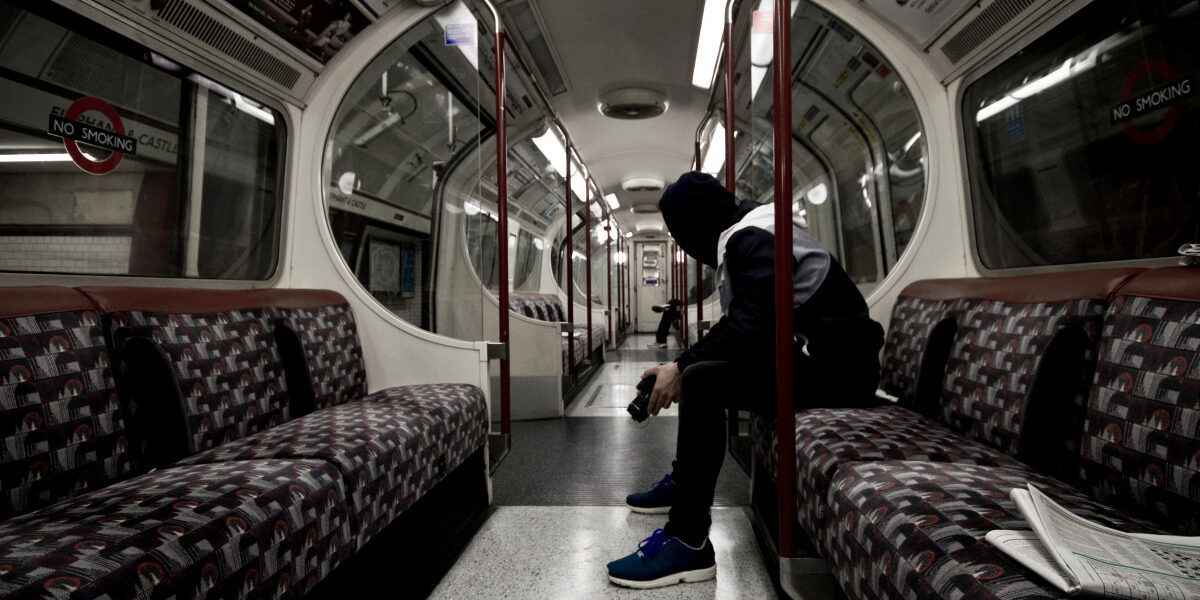The good thing about traveling to tourist areas is that transportation systems tend to have a good organization so that visitors can enjoy a good experience. But of course, the functioning of public transportation can vary in each country and in each area, so this time we will show you some of the most relevant examples at international level. In this way, you will have a clear idea of how public transportation works in any part of the world.
Some examples of public transport systems in the world
Public Transportation in Paris, France
It is formed by the bus, the metro, the tramway, the railroad and the Noctilien (night bus). These means of transport cover the 6 zones in which Paris is divided. In this way, the metro covers zones 1 and 2 and the railroad covers zones 5 and 6. In addition, you can transfer from one transport to another with any ticket, which speeds up the process.
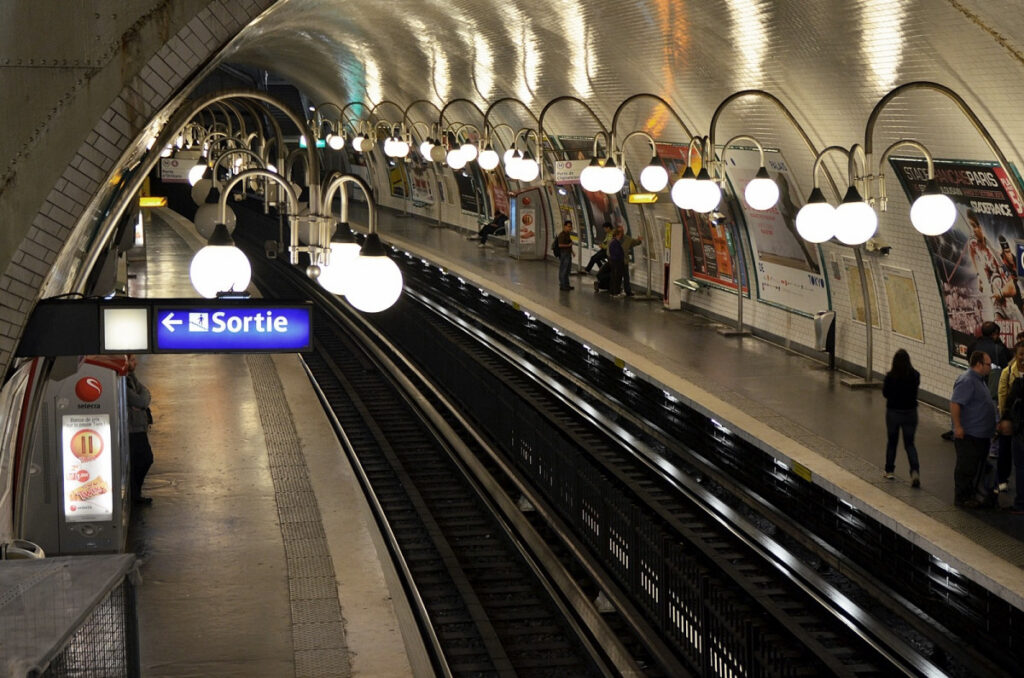
In the case of people who are 26 years old or younger, they can opt for the purchase of “Ticket Jeune Week End”, which is very economical. On the other hand, the vast majority of citizens simply purchase a weekly, monthly or annual voucher, which is called “Carte Navigo”; this is the most economical and it is a perfect option for tourists or visitors who will be in the city for a short time, as these tickets allow a limited number of trips between the zones selected at the time of purchase.
SITVA – Integrated Transport System of the Aburrá Valley, Medellín, Colombia
Consisting of buses that run on preferential lanes, the collective transportation subsystem, the tramway, the metrocables and the subway, it allows the inhabitants of the 10 municipalities of Aburrá to have a fluid mobility.
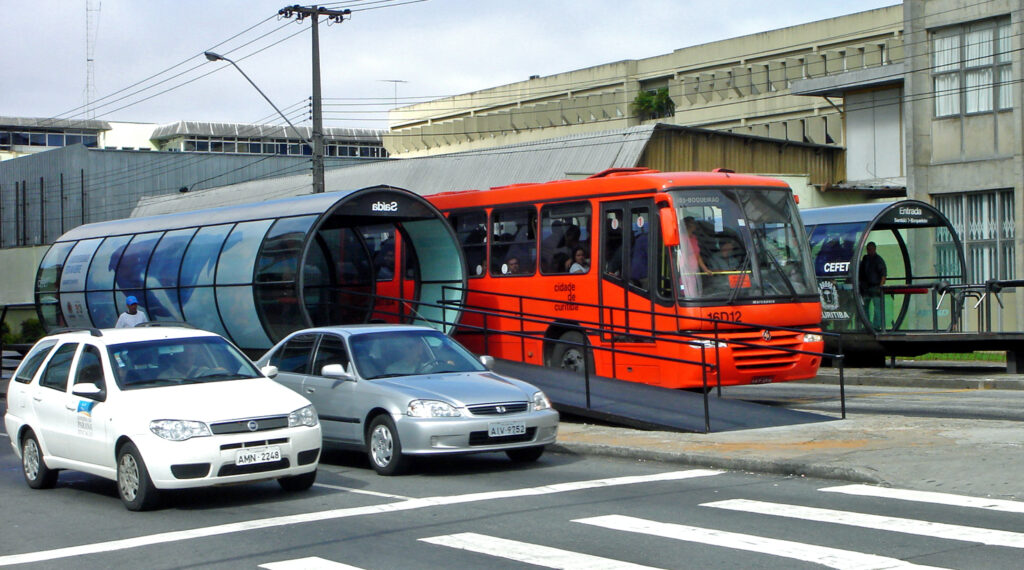
There has been a decrease of more than 500 thousand tons of CO₂ per year as a result of the use of sustainable energy sources, public bicycles, preference for non-motorized vehicles, together with the increased use of SITVA, especially the use of the subway. This has been considered as the greatest achievement of SITVA.
Transport in London, United Kingdom
This is a city that is divided into 9 transit zones, which are covered by Transport for London. It has the oldest subway in the world, which is the basis of the city’s transport system; it also includes buses and trains.
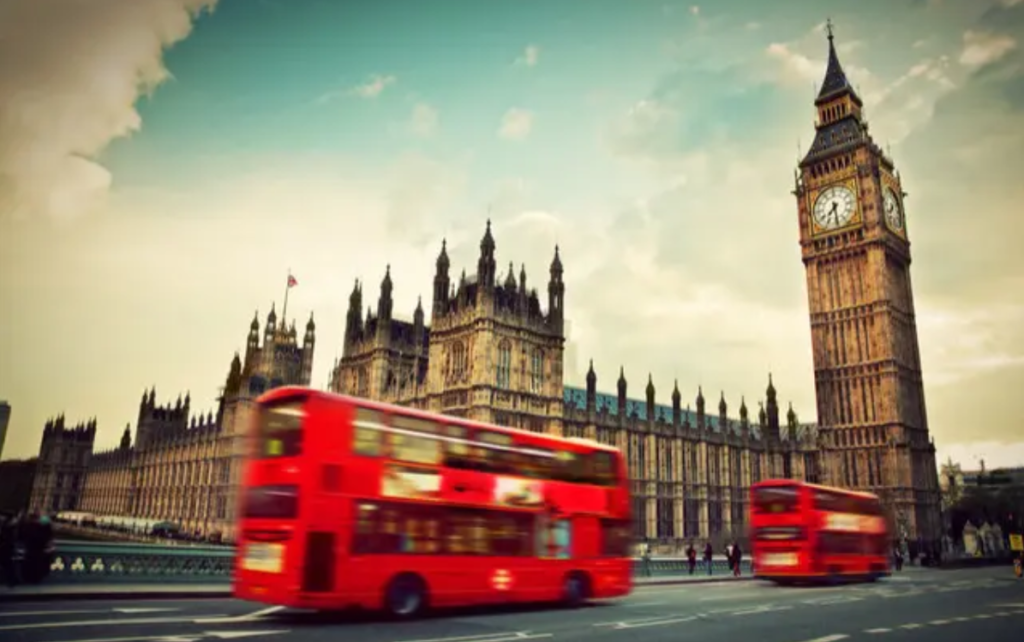
The London Underground has 11 lines, where each of them has specific names and different colors for easy identification. On the other hand, we cannot leave out the London Overground, which is a suburban rail service; the Elizabeth line (formerly known as the TLF Rail) which is a rail network that leads out of London, and finally we can mention the DLR (Dockland Light Railwat), which is a system that only uses automatic trains. This is how citizens move smoothly within the city and its surroundings.
Integrated Transportation Network of Curitiba, Brazil
Curitiba is known as the green capital of South America, which also has an excellent transportation system, since it has about 2160 buses of different types that are distributed between high-capacity buses and complementary lines.
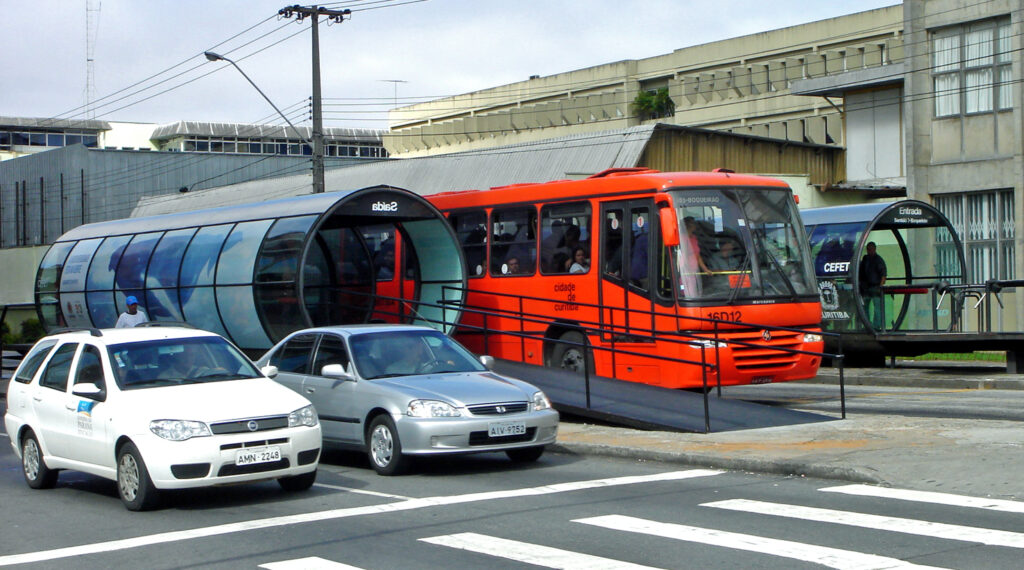
The high-capacity buses cover the main axes at a constant frequency and considerable speed; people access to these buses through elevated platforms, which have been adapted for the use of people with reduced mobility. With respect to payment, there is a single payment system in which people pay when they get on.
The complementary lines are other buses destined to circulate between neighborhoods, which are made up of:
- Direct long-distance lines, with few stops.
- Feeder lines, which connect the terminals with the neighborhoods.
- Downtown circular lines.
- Conventional buses not integrated into the system, which are made up of 370 units.
At present, this transportation system is being used daily by more than 2 million passengers, and it is estimated that 70% of the inhabitants use this system to go to work.
Hong Kong Public Transport Network
It consists of minibuses, buses, cabs, ferries, tramways and subways, and it is estimated that Hong Kong’s public transport network makes more than 11 million trips daily. The Octopus card, which is a kind of electronic purse, is used to make payments on any means of transport.
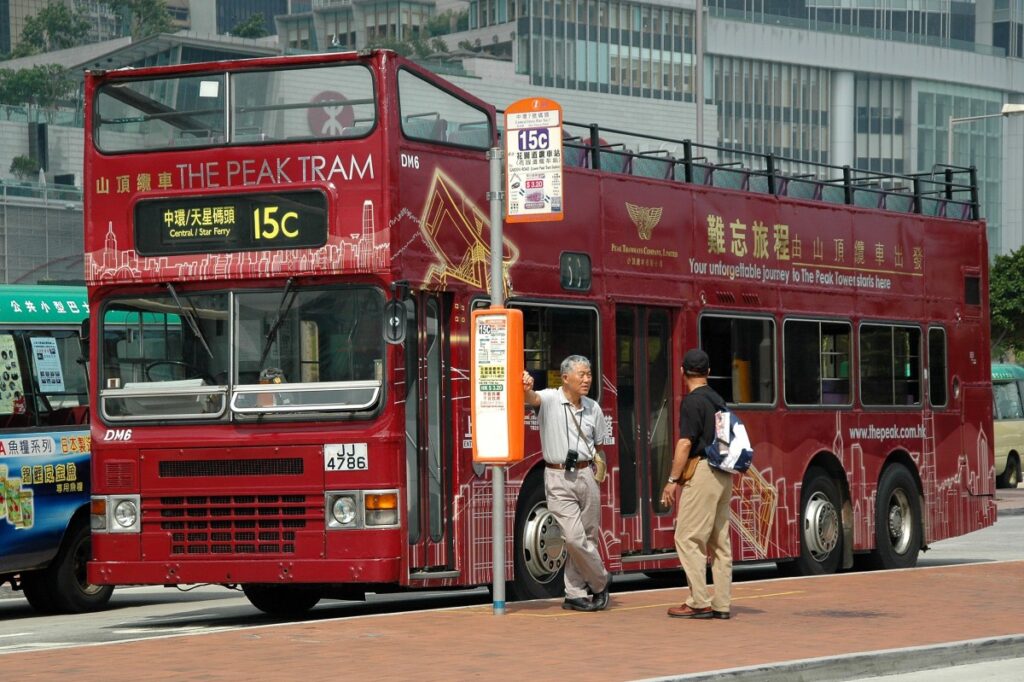
The metro has a capacity of 91 stations for conventional trains, while there are 68 stations for light rail trains. The buses have approximately 600 routes that perfectly cover those areas that the trains do not reach. The minibuses are an exceptional complement to the system, which have short routes. At the same time, the tramway runs along the edge of the island and, in fact, it is the oldest means of transport.
